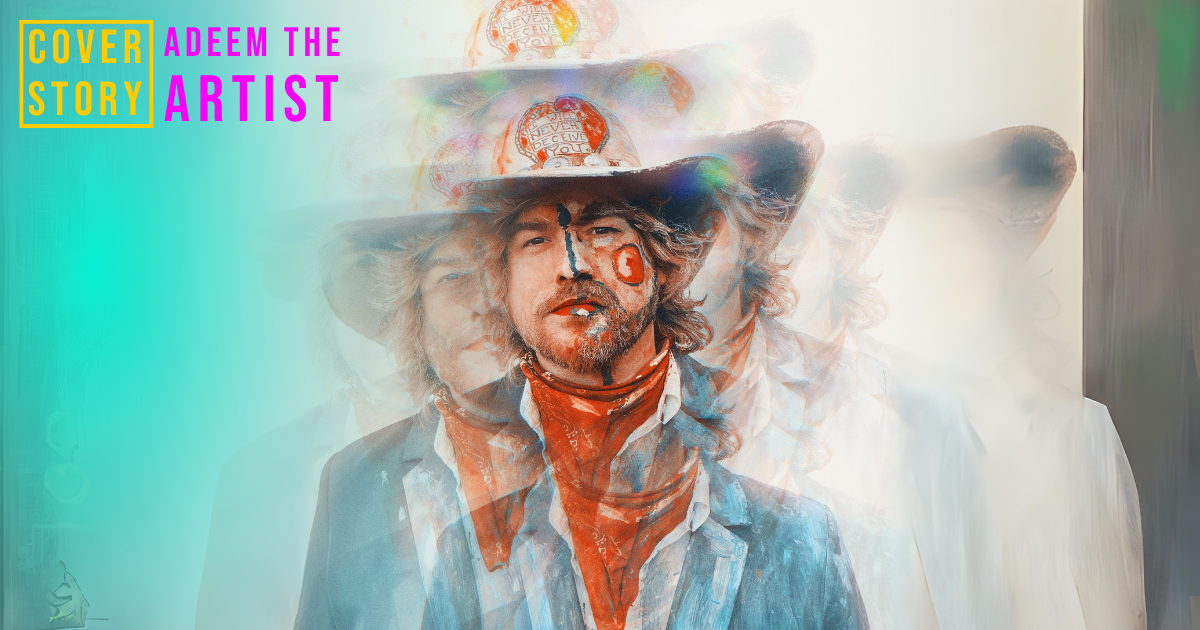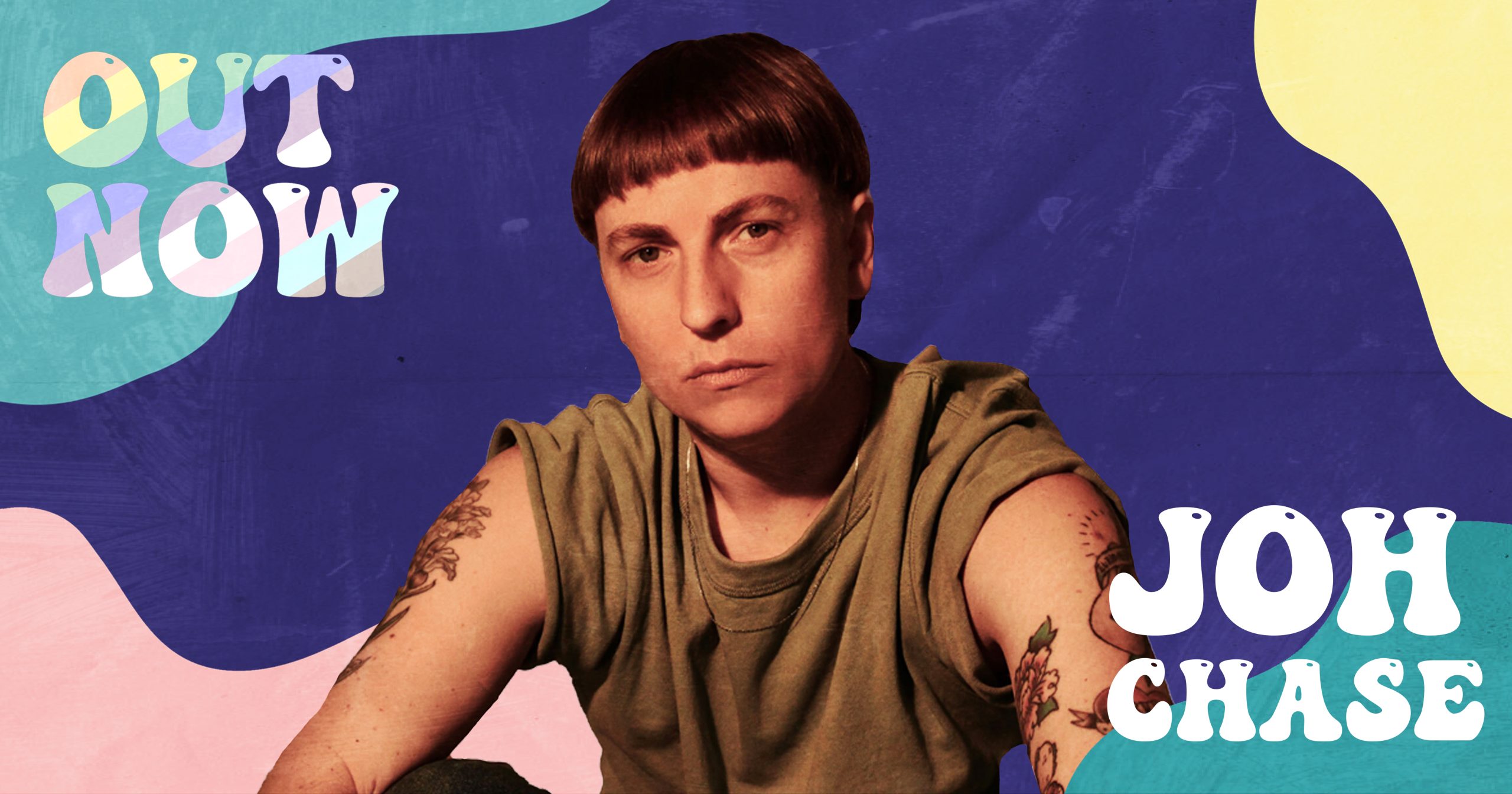Sage Christie (formerly known as Siena Christie), is a modern folk artist known for their pure voice and captivating story songs. In both 2022 and 2023, Sage was a finalist at the Kerrville New Folk Songwriting Contest. They also won a handful of other songwriting contests including the Great River Folk Festival songwriting contest in 2021, Portlands Folk Fest Song Contest in 2022, and the Walnut Valley Festival NewSong Showcase in 2023.
Sage has spent much of their time in the past year touring the Southeast, Midwest, and Pacific Northwest. When they’re not on the road, they’re now based in Asheville, North Carolina. They moved to Asheville last year, eager to connect with Appalachian music, folk traditions, and the vibrant local arts community.
Our interview covers their dreams to tour full time and their ideal day on the road filled with beautiful landscapes, new towns, and deep connections with both good friends and strangers. We also explore their passion for music, their favorite LGBTQ+ artists, and their experience as a nonbinary artist navigating a recent name change.
Why do you create music?
Sage Christie: I don’t. Music creates me.
Okay, but for serious, I don’t really know; I just always have. I can’t go a day without making up pieces of songs in my head. That’s been true since I was 5 years old.
Who are your favorite LGBTQ+ artists and bands?
I might be slightly biased, because I’ve seen these people in person (and they absolutely wowed me off my feet), but I would definitely include Olive Klug, Emily the Band, Spencer LaJoye, and Flamy Grant on that list.
For anyone reading this who might not be out of the closet, were there any specific people, musicians, or resources that helped you find yourself as a queer individual?
Listening to Jimmy Somerville, the Communards, and Bronski Beat helped me get through high school. I was deeply moved by Jimmy’s heartbreaking songs about searching for belonging as a queer person. But I couldn’t explain why I was so particularly entranced and comforted by the music of a gay man, since, at the time, I thought I was a bisexual cis girl. The better I get to know myself, as a masc-leaning enby, the more sense it makes. To anyone who’s in the closet or questioning: you don’t have to know who you are today. You don’t have to tell anyone if you don’t feel safe. Your feelings are a hundred percent valid and okay. You matter, and you are enough.
What are your release and touring plans for the next year?
In September, I plan to release an LP called Little Deaths, a storybook concept album that traces the arc of a short-lived romance from start to finish. I have always been fascinated with fairytales, so I decided to write one myself. I feel like I grew up a lot while writing it. This album is basically me trying to explain love and death to myself like I’m in kindergarten. Once Little Deaths comes out, I’ll be celebrating its release with a two-week tour, visiting Chicago, Eureka Springs, Arkansas, St. Louis, and some other cool places as well.
You’ve been touring all over the Southeast, the Midwest, and the Pacific Northwest. What’s that been like for you to organize these tours and be on the road so much as an independent artist?
Touring is my favorite thing ever. I love traveling, seeing new places, making new friends and fans, and playing shows night after night. Booking tours is a lot of work – from researching and contacting venues, to planning safe tour routes and lodging, to promoting the shows and practicing for them – but the payoff so far has been amazing. If I could tour full time, I would. That’s a dream for the future.
Tell us about your recent move to Asheville, North Carolina. What drew you there and how are you liking it so far?
I knew I wanted to move to the southeast U.S. because of the rich Appalachian music heritage and continuing folk traditions here. Leaving the Northwest was tough emotionally, because most of my family and friends still live there, but luckily, they’ve all been supportive of my decision to chase my own adventure. Now that I’m in Asheville, I’m inspired by the community of songwriters, poets, and visual artists that has welcomed me with open arms. To be fair, I’ve only been here half a year, but so far, as a creative person and as a queer person, I feel like Appalachia is a good home for me.
How has your recent name change influenced your personal and professional identity?
I changed my name to Sage recently. I was born with the first name Siena, and it always felt like someone else’s beautiful name. Naming myself Sage has felt like an empowering step in my journey as a queer and self-defining person. Many fans and venues still know me as Siena Christie, so I’m doing my best to spread the message about my new name.
What would a “perfect day” look like for you?
Being on tour with dear friends and partners. Driving through gorgeous natural areas and towns I’ve never been in. Playing a backyard concert with string lights and fireflies and stars and lemonade. Getting to cry and laugh with people I’ve just met because of music. Staying up late with friends eating chilaquiles while watching planes go by. Seeing my loved ones’ shoulders relax and eyes sparkle.
What’s the best advice you’ve ever gotten?
A year ago, a good friend said, “You’re kind, to a fault. You should be more mean to people.” That might sound weird, but it’s helped me realize that failing to put on my own “oxygen mask” first actually hurts people – not just myself, but ones I love. Listening more closely to my own suffering has made me a better listener in general.
Photo courtesy of Sage Christie.



